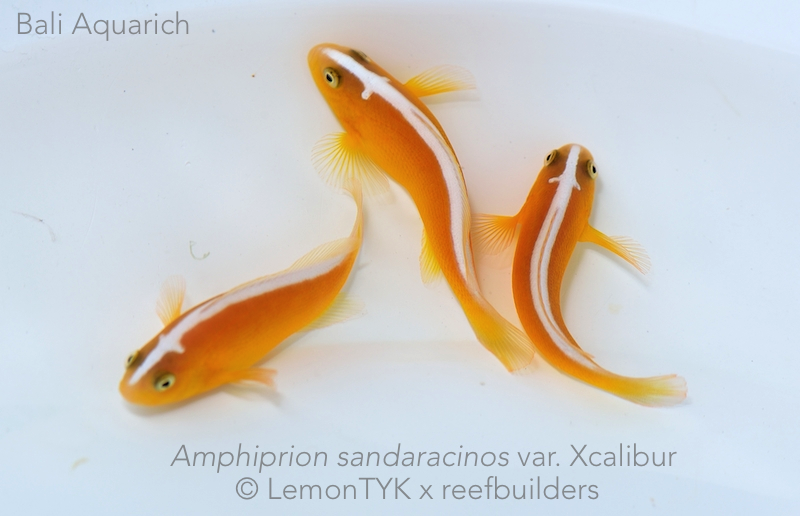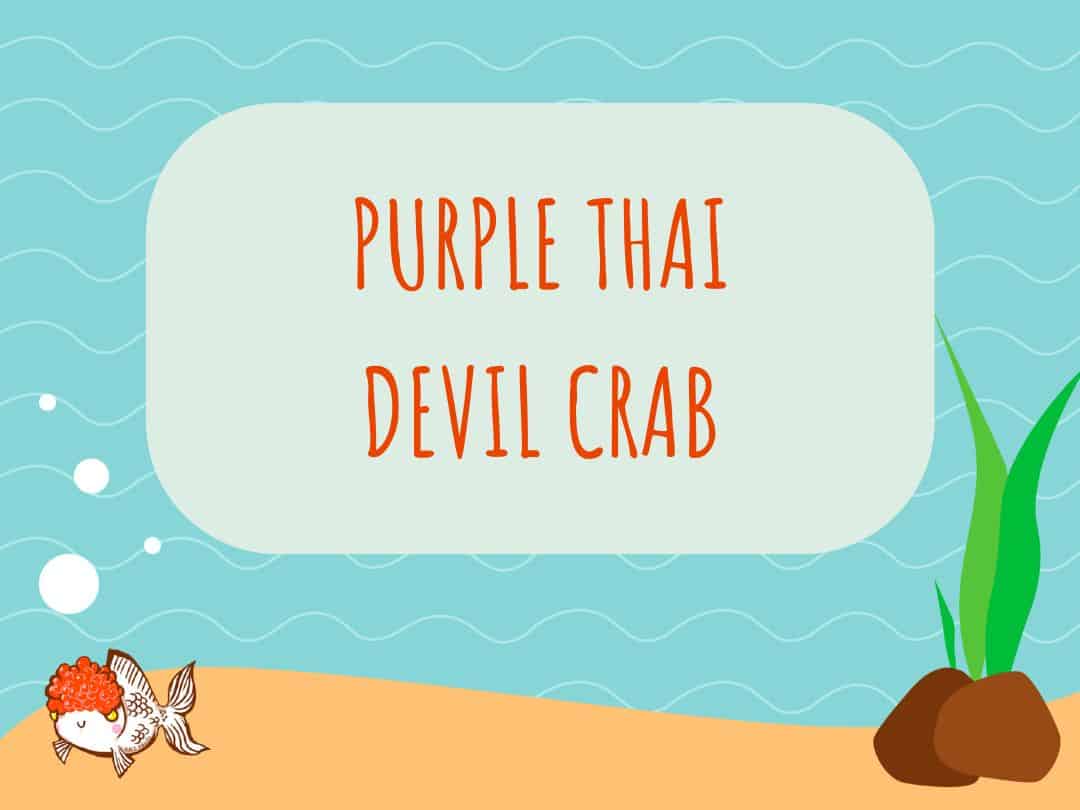A research article published in the Journal of Experimental Biology has found that Clownfish can count the number of bars on their congeners and conspecifics, determining their level of aggression toward them, and their host defense.
The paper authored by researchers from the Okinawa Institute of Science and Technology in Japan says that all 28 described species of anemonefish have either 0,1,2 or 3 white vertical bars as part of their patterns, and its those intruding fish with the same number of stripes as the host fish which are dealt with the most aggressively. That then led them to wonder if Clownfish can actually count.
To rule out any pre-learning, first the team led by Kina Hayashi bred 120 common clownfish, Amphiprion ocellaris, which had not encountered other clownfish, before creating similarly sized, similarly colored models with either 0,1,2 or 3 bars to observe their behavior.
Common clowns display three white vertical bars, and when presented with the four different models, the models displaying three bars were attacked the most and for the longest, whereas the models without any vertical bars were attacked the least, or ignored. Two bar models may be representative of juvenile Common clownfish or other two bar species like Clark’s clowns, so they were also chased away, but not as much as the three bar fish, which represent adults of their own species, and a potential threat to their territory. So what does this have to do with clownfish in reef tanks?
Well, it’s very common for reefers to want more than one pair of common or percula clowns in their tanks, but this rarely ends well, even in large tanks, and the results of the study help us to understand why. Even if you have one pair of orange clowns and one pair of black clowns, if they have three white vertical bars they will act aggressively toward each other, even if tank-bred.
If you mix a three-bar species like Percula with a two-bar species like Clark’s they may act less aggressively towards them (although Clark’s clowns are aggressive anyway,) But if you absolutely have to have more than one pair, try mixing a three stripe pair of Percs with a horizontally striped (zero vertically striped,) pair of Orange Skunk Clowns, Amphiprion sandaracinos and the Percula or Common clowns may just leave them alone. We would also like to see the experiment carried out with designer Naked Clownfish. They are common/percula clowns which are bred to have no vertical bars, so going by the experiment, if introduced to a resident pair of three striped percs, they should be attacked the least.

But how do naked percula clownfish view themselves? Do they feel the most threatened by three stripe conspecifics, and would naked host fish attack just like they themselves had three stripes? Or because they can count, see that their partner has no stripes, and be more threatened by another pair of naked clowns, than a pair with three stripes?
The research certainly answers many questions, while raising a few more for us reefers! Go to https://doi.org/10.1242/jeb.246357 for more info.



